
Charles Dhewa
The past few years have seen many African countries increasing emphasis on entrepreneurship development through formal education systems like universities. This has triggered a huge expectation for university graduates to create their own employment using natural resources such as land, water and solar energy.
By placing the entrepreneurship burden on youth, policy makers forget that not everyone can be an entrepreneur.
If everyone becomes an entrepreneur, who will they employ?
If all young people are encouraged to become farmers, who will they sell to?
The value of long-term planning
Such short-term strategies of calling on young people to create their own employment are ideal for fire-fighting and dealing with emergencies.
But sustainable impact comes from long-term planning at national level.
That is how African countries should use natural resources and infrastructure to unlock the value of agriculture and food systems including generating viable employment.
Zimbabwe has Vision 2030. But does it have the right financial products with the correct targets?
Financing agricultural inputs is just providing consumer loans because there is no growth. In the event of a drought all those resources disappear as farmers are not able to repay.
Food systems require long-term financing focusing beyond production to infrastructure and markets.
In most African countries, more than 90% of commodities from smallholder farmers are sold through informal markets.
Without systems for tracking the movement of food commodities along this key chain, it remains difficult to determine market infrastructure requirements and figure out how to create formalised employment within it.
Market-related logistics should receive financial support in the form of loan packages for distribution and transportation of commodities from production zones to markets and areas with less food diversity.
Feeder roads should also receive a higher level of attention because they are the first step for the majority of farmers as they transport commodities to the market, enabling millions of urban consumers to get food.
Financial institutions and government programs can provides inputs to distant areas like Gokwe, Hurungwe, Muzarabani and Rusitu, but poor road networks in these areas have negative implications on loan repayment as commodities will not be able to reach the market in a good state.
Building feeder roads and related infrastructure is a smart way of investing in smallholder farmers who produce what the market needs.
With the right financial modelling, most smallholder farmers may not need big loans as individuals but investment in good feeder roads and other forms of infrastructure can enable tracking of volumes as well as evidence of commodities in supply corridors and their performance. This is critical in revealing pathways for financing value chains.
Need for a strong foundation
Building a strong socio-economic foundation should start with assessing existing natural resources and knowledge within farming communities before prescribing what farmers should do.
In most African countries, several high potential farmers are locked in loans and contract farming arrangements.
If a farmer takes a $100 000 loan, makes a profit of $20 000 but repays $80 000 to the bank, his/her loan is eroded by production costs. That farmer has not grown and will need another loan in order to produce next season.
Related Stories
If banks invest in infrastructure like dams, irrigation schemes and solar energy, that becomes a pathway for weaning off farmers into self-sufficiency.
That frees finance for modernisation and industrialisation of production among smallholder farmers, thus increasing production and creating viable employment.
Productivity is driven by infrastructure which enables farmers to utilize water, pastures and other resources. If banks invest in infrastructure like water, farmers can pay for that development as they use irrigation systems.
A strong production sector will anchor all other sectors. Institutions of higher learning like universities should be part of agricultural transformation. There should be a financial package for universities to develop products that can be put on the market.
Tertiary institutions should spearhead technical manufacturing and have synergies with private players. This way, loans can come through companies that will hire universities as consultants with both parties invested in seeing projects up and running.
Models for financing the bottom of the pyramid
Most African countries lack models for financing people at the bottom of the pyramid like poor farmers. Such people can only be financed through institutional arrangements or under the umbrella of an institution like mass markets whose contribution to economic growth is beyond question.
Otherwise, finance will only be for those with formal collateral which also happens to be an urban-focused finance model given that most rural properties are not considered collateral. There is need for sustainable models to support informal markets as public institutions. They currently do not have an embedded company or institution that can facilitate Public Private Partnerships.
A brokering institution should be available to as project managers or sector managers to provide technical assistance to market operations along business lines.
Smallholder farmers face challenges in the form of high costs of aggregation. A private institution will focus on profit so much that the facility will lose its relevance as it goes beyond the reach of farmers.
There is need for private players and government to work together to create viable business models that funders will find attractive.
A case for re-inventing parastatals
Parastatals like agricultural marketing authorities should be conducting studies and gap analyses. The Agricultural Rural Development Authority should not be producing crops and mimicking large scale farms.
It should be an agricultural development agency, generating real-time evidence on rural development as well as focusing on infrastructure. The authority should consolidate knowledge and aggregate commodities including setting up rural food processing centres as part of rural development.
Instead of merely dispensing licences, market authorities should provide aggregation and processing services, for a fee. An individual farmer cannot buy and install a juice processing machine, just as an individual SME cannot afford to buy a lathe machine. On the other hand, parastatals can do so and enable ordinary people to access some of these services.
Institutions responsible for value addition and supporting value chains between production and markets are badly needed in all African countries.
Government should focus on creating an enabling environment and leave investment analyses and promotion to professional investment gurus.
Where government departments try to be in the forefront in luring investments, investors are smart enough to hear what is not being said.
For instance, they can deduce that if government is really good with business and entrepreneurship, parastatals and state-owned enterprises would be performing well.
No amount of advertising and investment promotion conferences or brochures can dispel this perspective. People good at selling the country as an investment destination should be put in the driving seat and investors will follow organically.
charles@knowledgetransafrica.com / charles@emkambo.co.zw /
info@knowledgetransafrica.com
Website: www.emkambo.co.zw / www.knowledgetransafrica.com




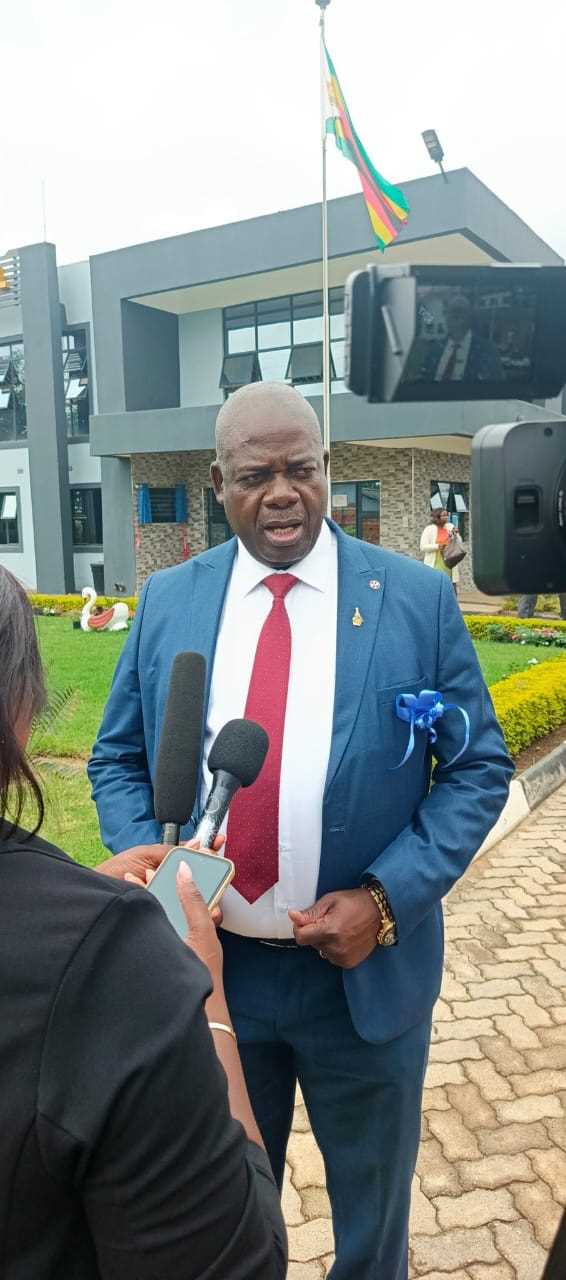

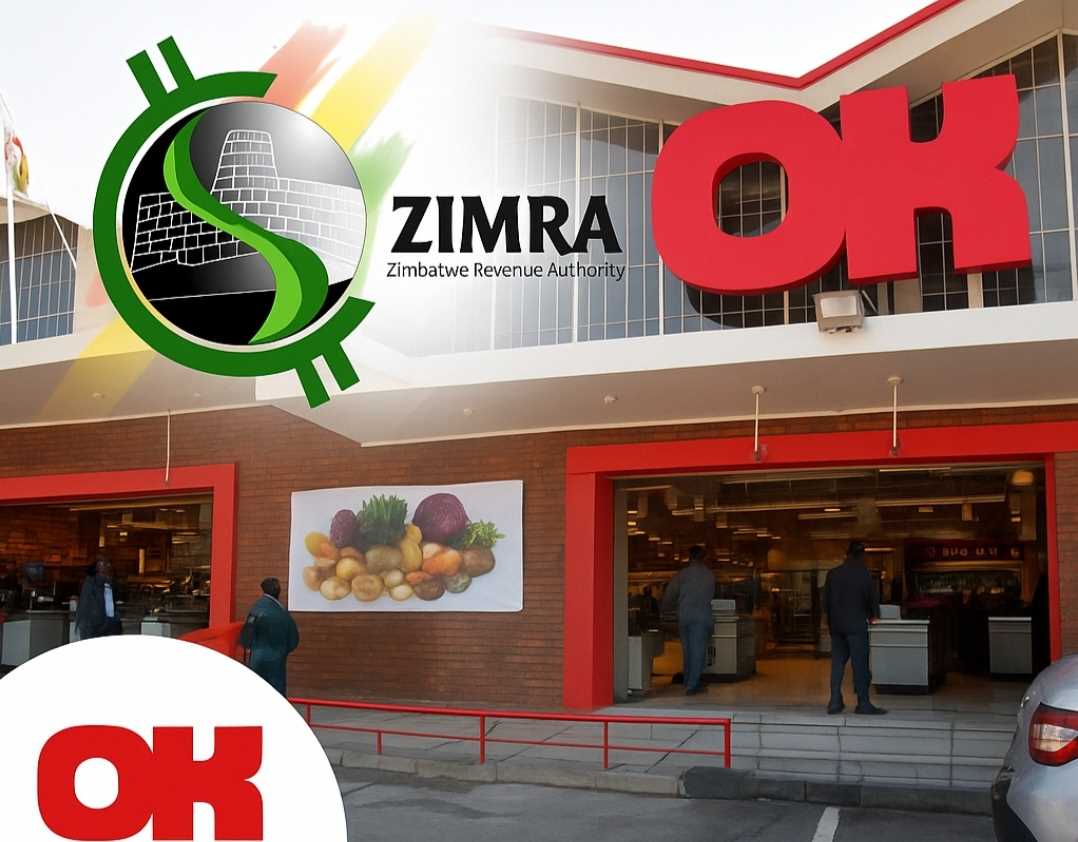



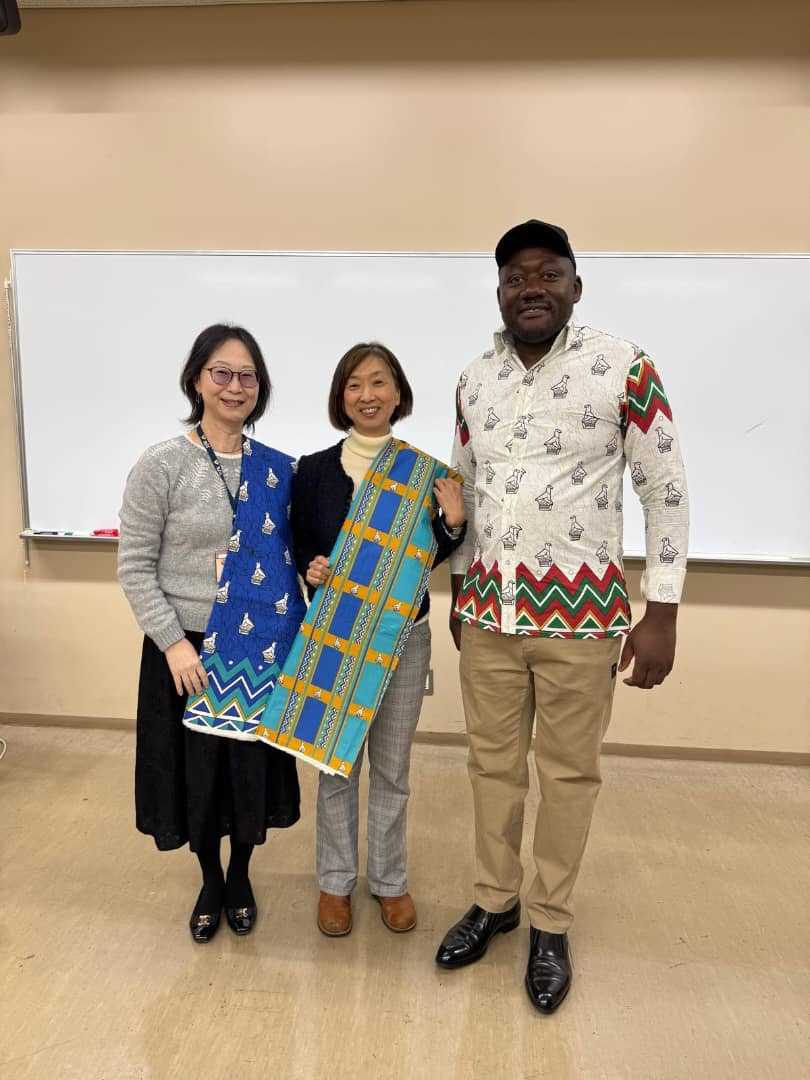
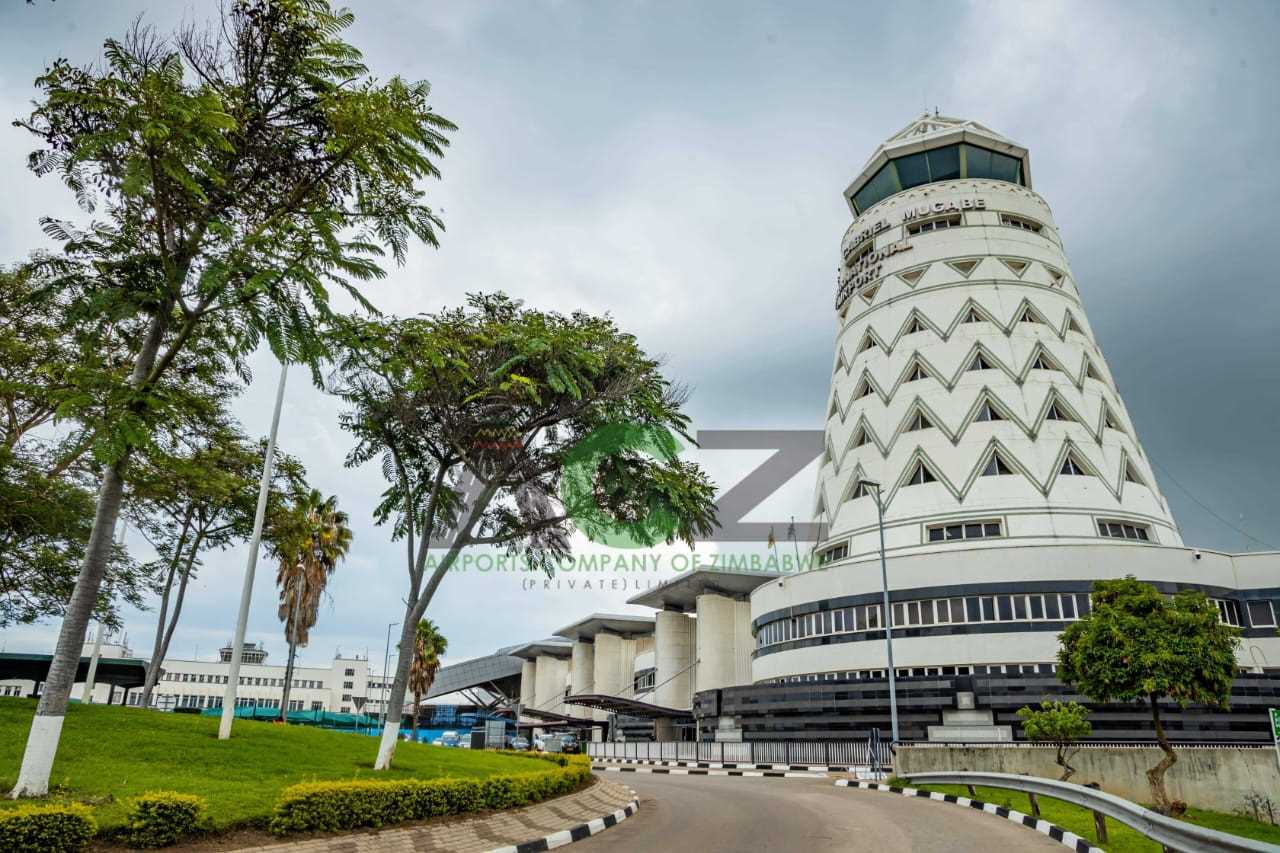



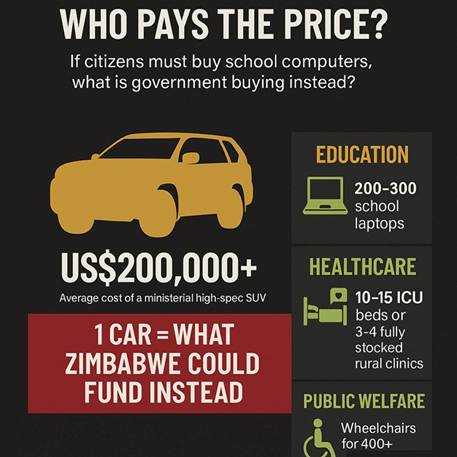
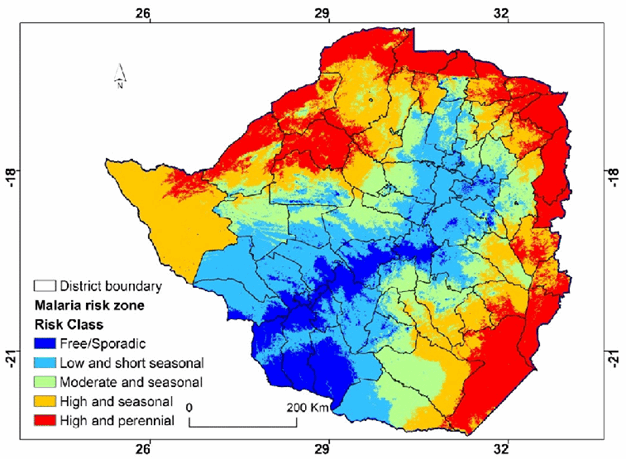



Leave Comments